Code
HCS24493
Weight
3.196 Kg / 7.05 lbs
Size
Height
48cm (19") Width
16cm (6") Depth
13cm (5") Material
Copper
Availability
Available
Date Added
2021-11-03 03:54:26
Note : We used to sell this product 4 years ago so it may no longer be in our stock.
It is possible that we still have it with our suppliers but the price could be different from before.
Feel free to order. We will verify availability and inform you promptly.
It is possible that we still have it with our suppliers but the price could be different from before.
Feel free to order. We will verify availability and inform you promptly.

Safe Payment
We accept Paypal, Money Transfer, Bank Transfer
Confidence
Protection covers your purchase and personal data.
Worldwide Delivery
We ship Worldwide, except Russia.Shipping cost US$25.2 for upto 0.5 kgs

Hotline
Talk to help line for your question on 9841267335About Chocolate Oxidized
This [master Quality], Buddhist Statue Of Padmapanai Lokeshvar, [chocolate Oxidized] has been meticulously treated with a chocolate color antique patina. The intention behind this patina is to replicate the appearance of a copper statue that has gracefully aged over a century. Unlike a simple coat of paint, this patina is not applied superficially and is designed to endure. It undergoes an artificial oxidation process that adds depth and character, while also serving as a protective layer against natural oxidation.
By imitating the natural aging process, the chocolate color antique patina lends an air of authenticity and vintage charm to the [master Quality], Buddhist Statue Of Padmapanai Lokeshvar, [chocolate Oxidized]. This carefully crafted finish ensures that the patina remains intact for an extended period, offering longevity and resistance to wear. The result is a unique piece that captures the essence of a time-worn copper statue, evoking a sense of history and artistic heritage.
This [master Quality], Buddhist Statue Of Padmapanai Lokeshvar, [chocolate Oxidized] has been meticulously treated with a chocolate color antique patina. The intention behind this patina is to replicate the appearance of a copper statue that has gracefully aged over a century. Unlike a simple coat of paint, this patina is not applied superficially and is designed to endure. It undergoes an artificial oxidation process that adds depth and character, while also serving as a protective layer against natural oxidation.
By imitating the natural aging process, the chocolate color antique patina lends an air of authenticity and vintage charm to the [master Quality], Buddhist Statue Of Padmapanai Lokeshvar, [chocolate Oxidized]. This carefully crafted finish ensures that the patina remains intact for an extended period, offering longevity and resistance to wear. The result is a unique piece that captures the essence of a time-worn copper statue, evoking a sense of history and artistic heritage.
Lost-Wax System
This Bodhisattvas of [master Quality], Buddhist Statue Of Padmapanai Lokeshvar, [chocolate Oxidized] is made by the process of the Lost Wax system. This is a very complicated, time consuming and historic process of making metal sculptures.Which is why it is sometimes called Precision Casting as well. Hence the sculptures made by this process are comparatively expensive. There are many new, advanced and less time consuming methods of casting metal sculptures available as well. But due to the benefits provided by the traditional lost wax system in quality control and customization, we prefer the Loss wax system over Ceramic molding, or sand casting to make our Bodhisattvas.
Below we have tried to illustrate the process of making a loss wax system statue: Read More . . .
This Bodhisattvas of [master Quality], Buddhist Statue Of Padmapanai Lokeshvar, [chocolate Oxidized] is made by the process of the Lost Wax system. This is a very complicated, time consuming and historic process of making metal sculptures.Which is why it is sometimes called Precision Casting as well. Hence the sculptures made by this process are comparatively expensive. There are many new, advanced and less time consuming methods of casting metal sculptures available as well. But due to the benefits provided by the traditional lost wax system in quality control and customization, we prefer the Loss wax system over Ceramic molding, or sand casting to make our Bodhisattvas.
Below we have tried to illustrate the process of making a loss wax system statue: Read More . . .
Brief Introduction :
Padmapani is also a form of Avalokiteshvara. He is generally seen standing on the right side of Buddha Amitabha in Sukhavati Heaven. He is depicted as red in color. He holds a lotus flower in his left hand and shows varada mudra with his right hand. He wears an antelope skin on the shoulders. He wears all the ornaments typical of a bodhisattva symbolizing his enlightened experiences. He wears a crown and his hair is bound to form a top knot. Sometimes it is eclipsed by an effigy of Amitabha Buddha. When there is no effigy of Amitabha Buddha in the crown of Padmapani, he is then white in color.
Iconography :Padmapani Lokeshvara wears an antilope skin on the shoulders. Padmapani Lokeshvara wears all the ornaments typical of a bodhisattva symbolizing his enlightened experiences. Padmapani Lokeshvara wears a crown and his hair is bound to form a top knot. Sometimes it is eclipsed by an effigy of Amitabha Buddha. When there is no effigy of Amitabha Buddha in the crown of Padmapani, he is then white in colour.
Legend :A legend says that once an elephant was going to pick up a lotus flower in a pond. Unfortunately he slipped into the mud. Padmapani Lokeshvara cried in agony and prayed for Narayana. In the mean time Arya Avalokiteshvara was in that jungle and he heard the prayer. Immediately he took the form of Narayana and rescued the elephant from the marshy pond. Then Avalo-kiteshvara took the lotus offered by the elephant and went to Jetavana grove where Buddha Shakyamuni was residing. He in turn offered this lotus flower to Buddha Shakyamuni. Buddha Shakyamuni thanked Avalokiteshvara for his offer of the lotus flower and requested him to offer it to Lord Amitabha on his behalf. Avalokiteshvara told the whole story to Lord Amitabha Buddha. Appreciating the philanthropic deeds of Avalokiteshvara, Buddha Amitabha told him to keep that lotus flower forever and continue the act of benefitting all sentient beings. Later
on Avalokiteshvara was known as Padmapani Lokeshvara.
In Kathmandu valley nun.erous images of Padmapani Bodhisattva or Lokeshvara are found. Padmapani Lokeshvara found in Shreegha vihara in Kathmandu is believed to be of the fifth century of Christian era. According to Pandit Hem Raj Shakya 202 images or sculptures of Padmapani carved in stones are found in Patan city alone dating as early as theLichchavi period.
on Avalokiteshvara was known as Padmapani Lokeshvara.
In Kathmandu valley nun.erous images of Padmapani Bodhisattva or Lokeshvara are found. Padmapani Lokeshvara found in Shreegha vihara in Kathmandu is believed to be of the fifth century of Christian era. According to Pandit Hem Raj Shakya 202 images or sculptures of Padmapani carved in stones are found in Patan city alone dating as early as theLichchavi period.


![[master Quality], Buddhist Statue Of Padmapanai Lokeshvar, [chocolate Oxidized]](https://handicraftseller.com/uploads/pics/product/thumb/2021/11/24493.jpg)
![[master Quality], Buddhist Statue Of Padmapanai Lokeshvar, [chocolate Oxidized]](https://handicraftseller.com/uploads/pics/product/thumb/2021/11/24493_0.jpg)
![[master Quality], Buddhist Statue Of Padmapanai Lokeshvar, [chocolate Oxidized]](https://handicraftseller.com/uploads/pics/product/thumb/2021/11/24493_1.jpg)
![[master Quality], Buddhist Statue Of Padmapanai Lokeshvar, [chocolate Oxidized]](https://handicraftseller.com/uploads/pics/product/thumb/2021/11/24493_2.jpg)


























































 Chenrezig Buddhist Handmade Statue,
Chenrezig Buddhist Handmade Statue,  Chenrezig Buddhist Handmade Statue,
Chenrezig Buddhist Handmade Statue,  Master Quality, Buddhist Statue
Master Quality, Buddhist Statue 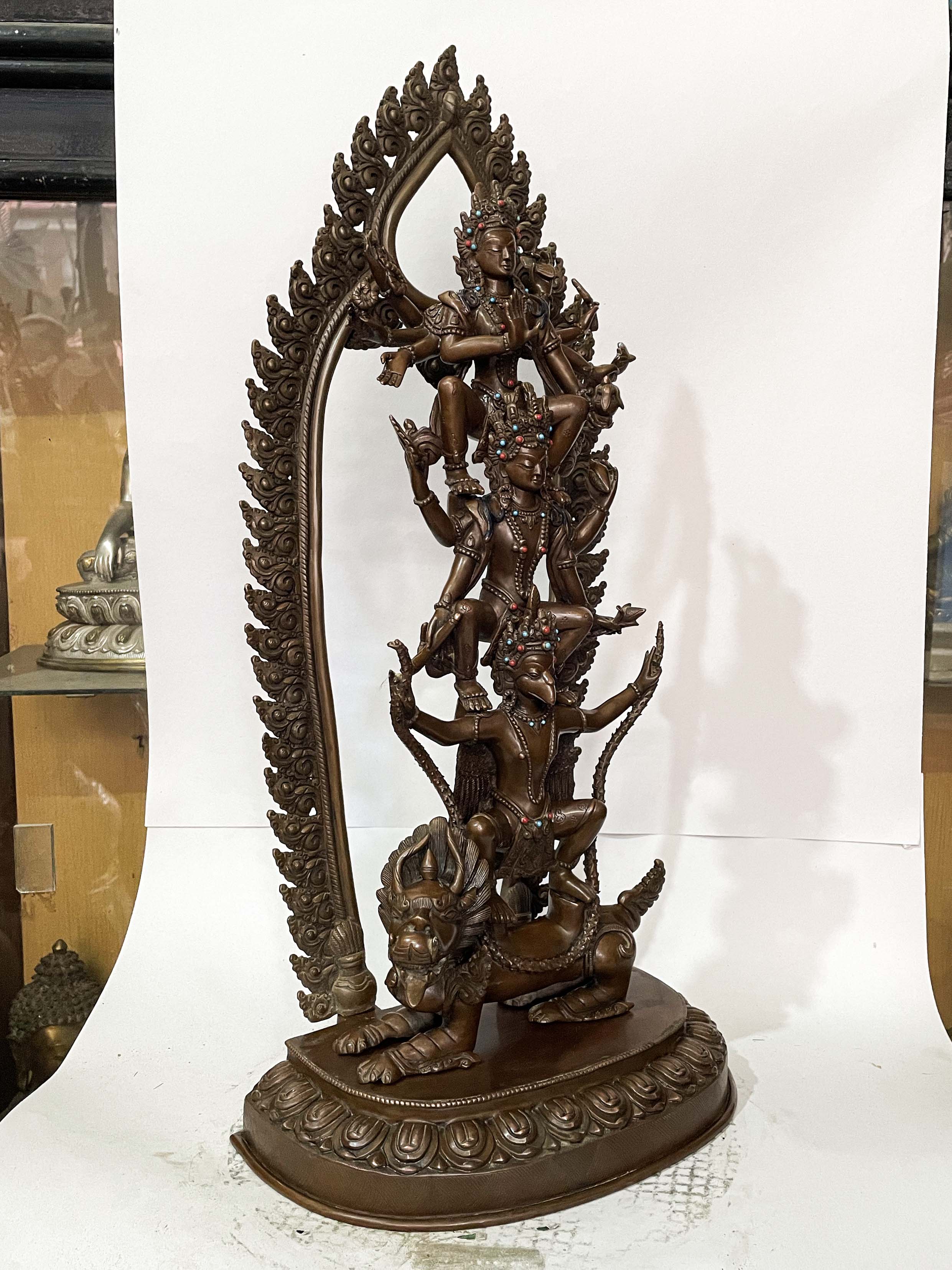 Master Quality, Buddhist Statue
Master Quality, Buddhist Statue  of Padmasambhava
of Padmasambhava 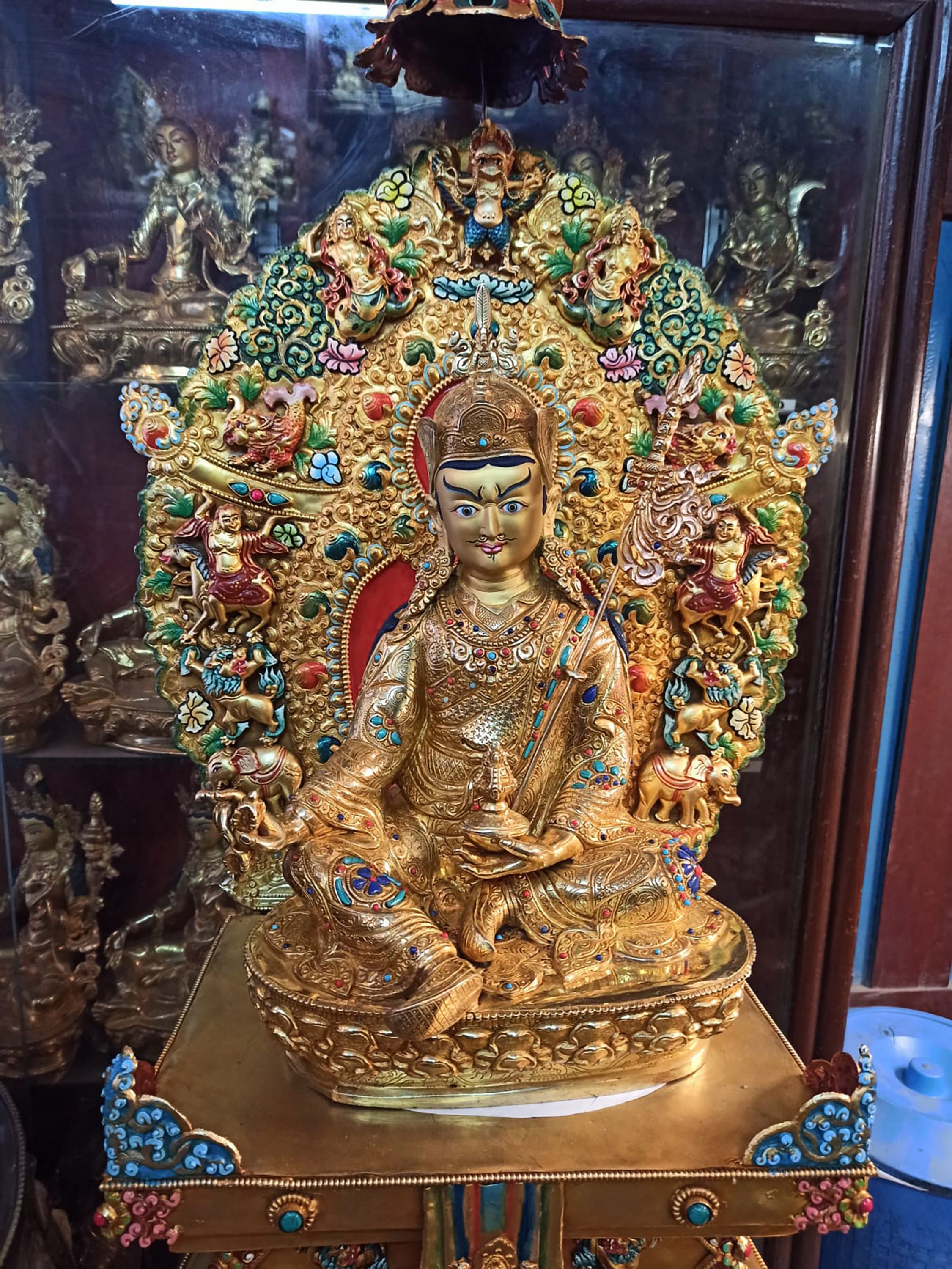 of Padmasambhava
of Padmasambhava  Vajrasattva, Buddhist Handmade Statue,
Vajrasattva, Buddhist Handmade Statue, 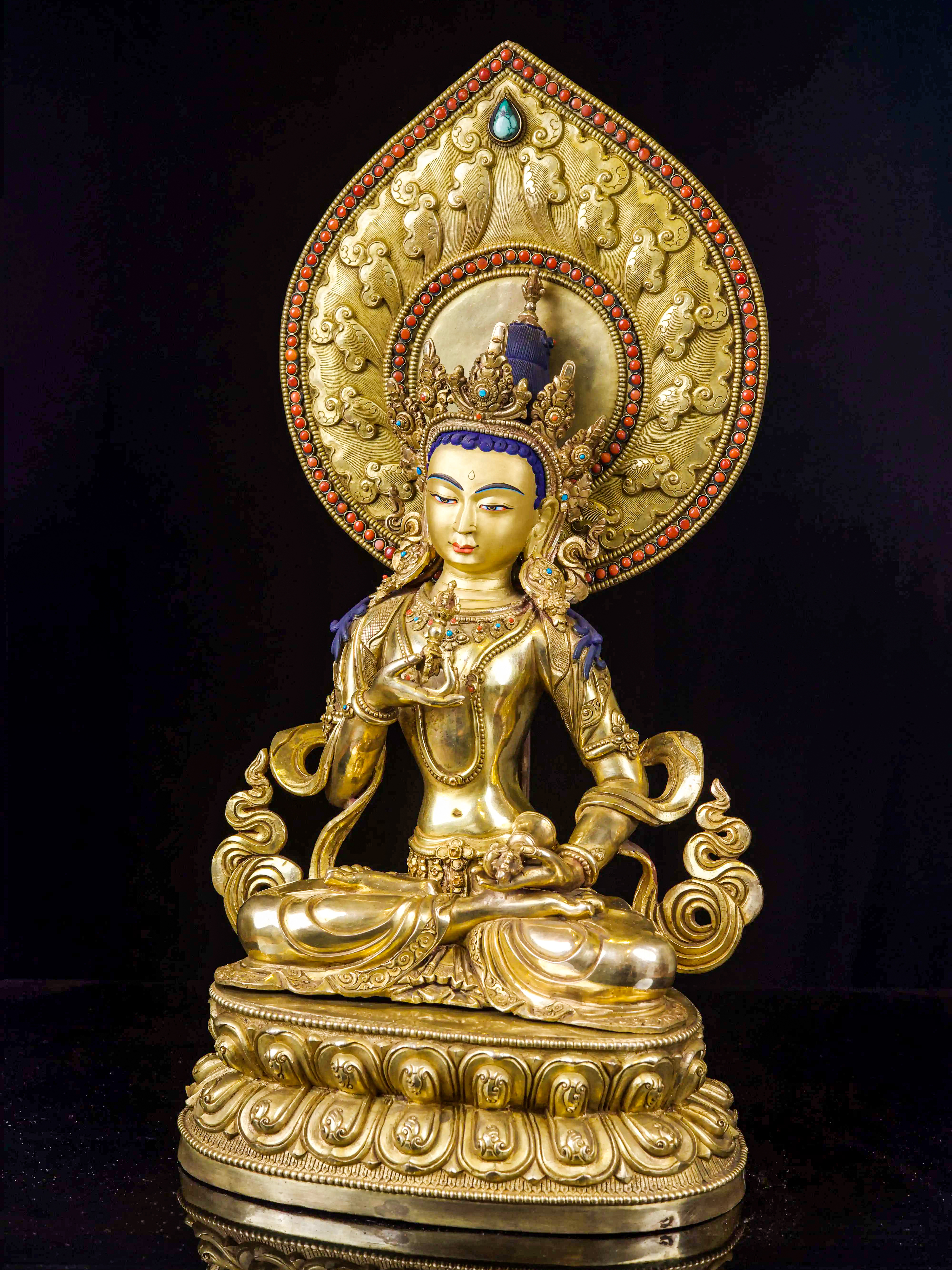 Vajrasattva, Buddhist Handmade Statue,
Vajrasattva, Buddhist Handmade Statue,  of
of 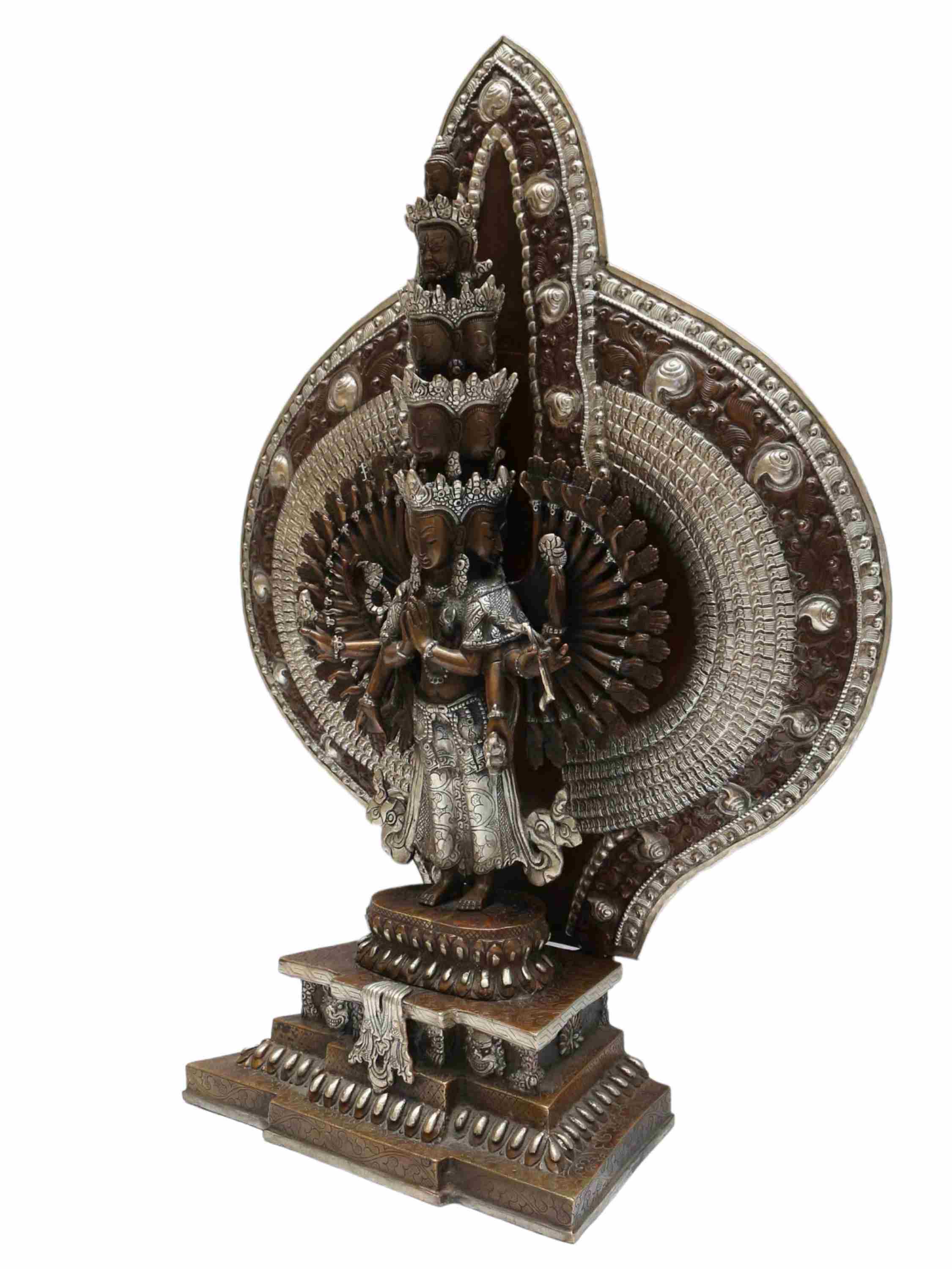 of
of 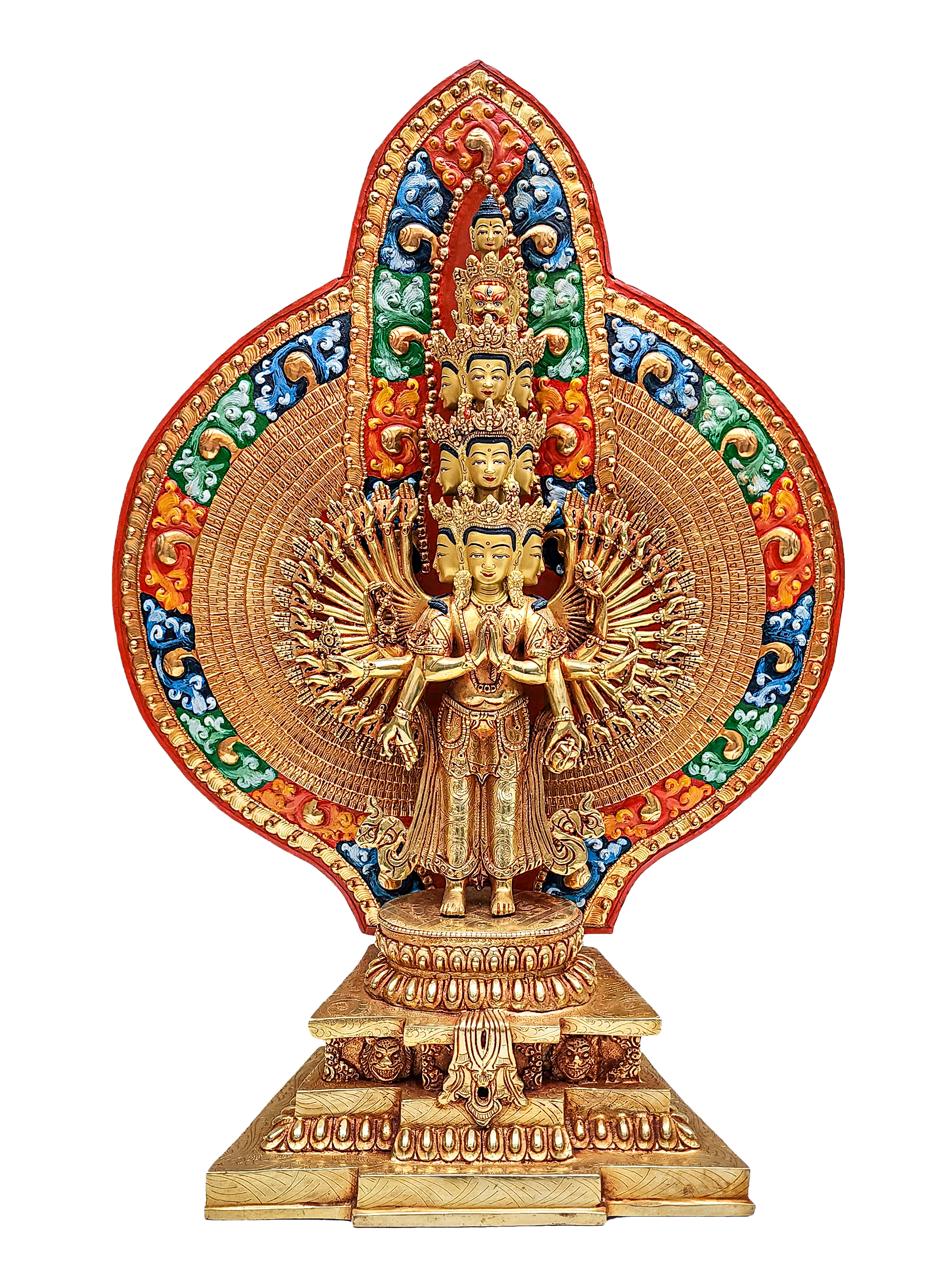 of
of  of
of  of Manjushri,
of Manjushri,  of Manjushri,
of Manjushri,  of Sahasrabhuja Avalokitesvara,
of Sahasrabhuja Avalokitesvara, 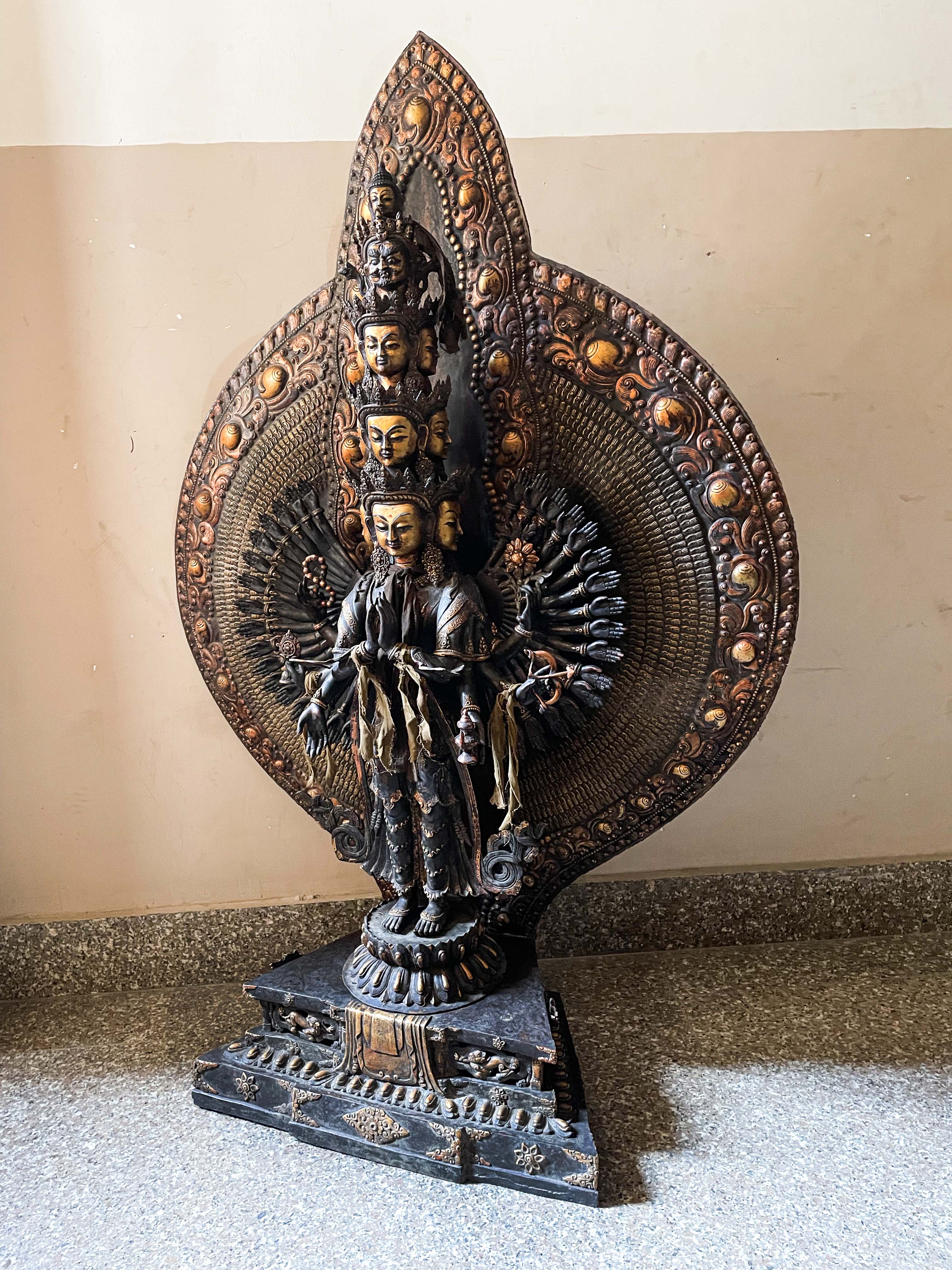 of Sahasrabhuja Avalokitesvara,
of Sahasrabhuja Avalokitesvara, 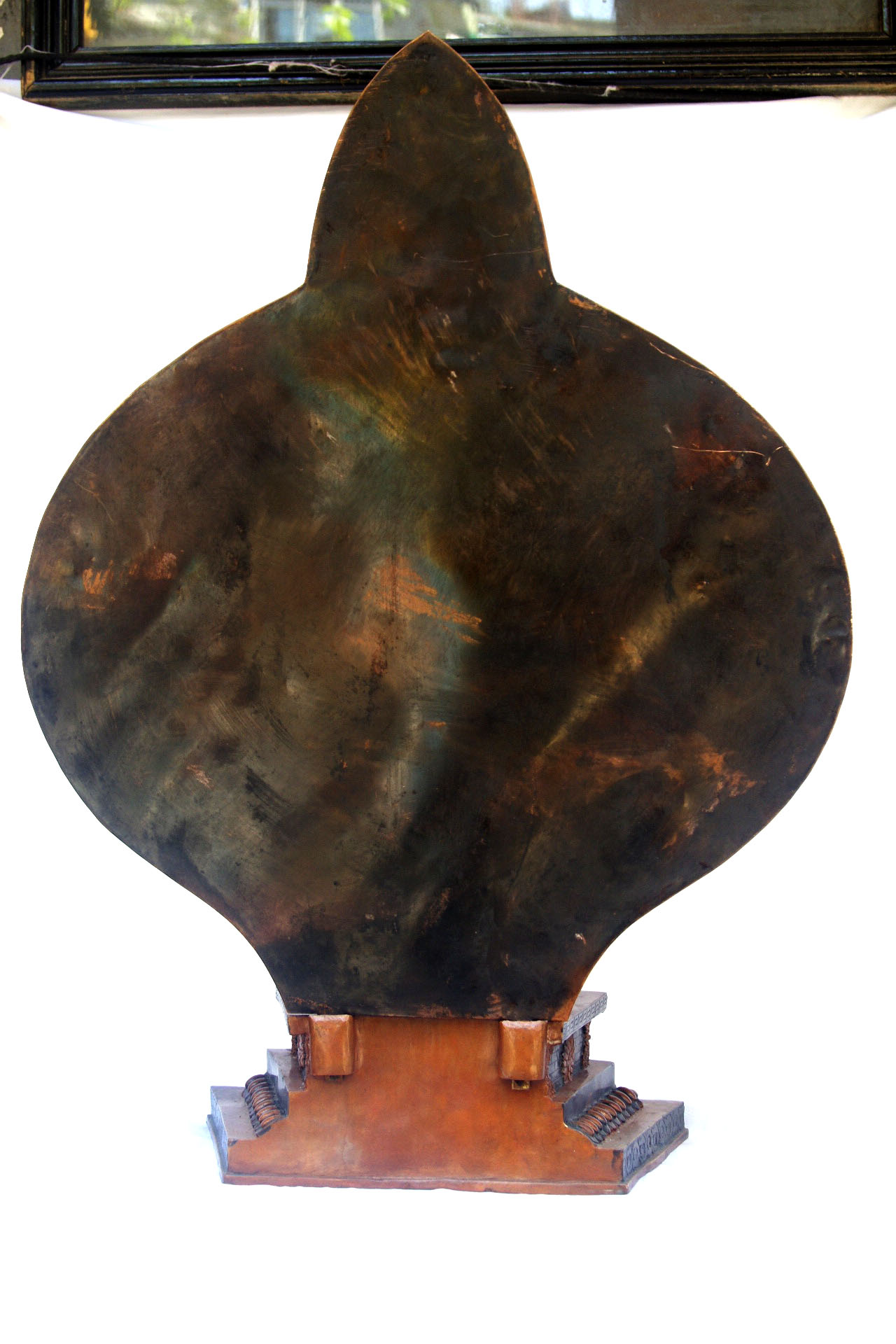

 of Chintamani,
of Chintamani,  of Chintamani,
of Chintamani,